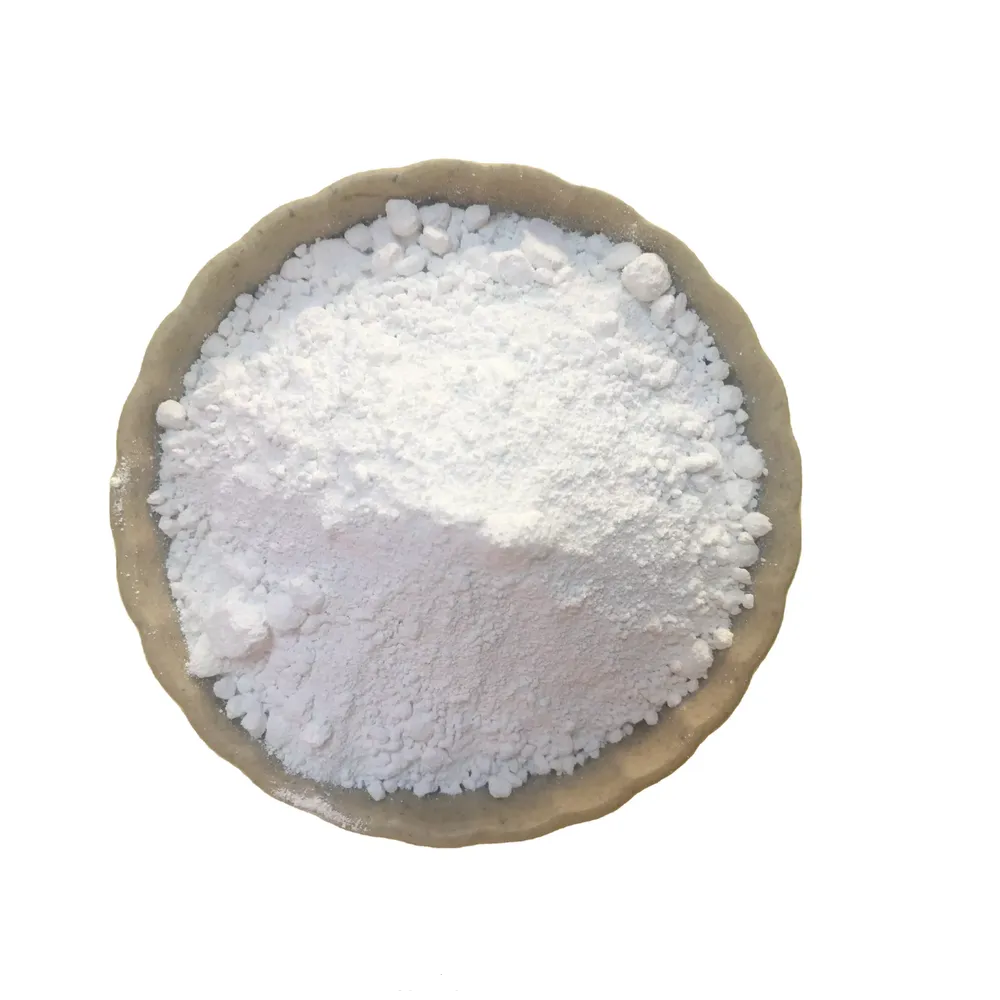
ส.ค. . 07, 2024 14:50 Back to list
Exploring the Composition and Applications of Lithopone in Different Manufacturing Processes
Lithopone A Versatile Mixture and Its Manufacturers
Lithopone is a white pigment that has been widely used in various applications, ranging from paints and coatings to plastics and cosmetics. It is a mixture of barium sulfate (BaSO₄) and zinc sulfide (ZnS) that provides excellent opacity and stability, making it a popular choice among manufacturers. This article explores the characteristics of lithopone, its manufacturing process, and its applications in different industries.
Characteristics of Lithopone
Lithopone is known for its brilliant white color, which is attributed to its unique composition. The combination of barium sulfate and zinc sulfide results in a pigment that offers high hiding power, which is essential for products that require coverage over substrates. Additionally, lithopone exhibits good weather resistance and does not yellow over time, making it an attractive option for exterior applications.
Lithopone is also non-toxic, which adds to its appeal in the manufacturing of consumer products like cosmetics and food packaging. It is relatively easy to stabilize in various media, which allows for its use in aqueous and non-aqueous systems. Furthermore, its lightfastness, or the ability to resist fading when exposed to light, makes it suitable for use in outdoor environments.
Manufacturing Process
The production of lithopone typically involves a chemical reaction between barium sulfide (BaS) and zinc sulfate (ZnSO₄). The process begins with the preparation of the barium and zinc salts, which are sourced from natural mineral deposits or synthetically produced. The BaS is mixed with zinc sulfate in a controlled environment, often involving water to create a slurry.
lithopone is a mixture of manufacturers

The reaction proceeds under specific conditions, usually requiring careful temperature control to ensure the desired properties of the lithopone are achieved. After the reaction, the resulting precipitate is filtered, washed, and dried to produce a fine powder. This dry lithopone powder can then be further processed, milled, or treated to enhance its performance characteristics according to the requirements of end applications.
Applications
Lithopone finds applications across a variety of industries due to its versatile properties. In the paint and coatings sector, it is extensively used as a white pigment to create durable paints that can withstand environmental exposure. Architects and builders favor lithopone for its long-lasting finish and resistance to discoloration.
In the plastics industry, lithopone is incorporated into products to provide opacity and a pleasing aesthetic. It is commonly used in items such as containers, toys, and various household goods. Additionally, lithopone serves as a filler material that enhances the mechanical properties of plastics.
The cosmetic industry also utilizes lithopone due to its non-toxic nature. It is found in products like face powders, sunscreens, and other personal care items, where its ability to provide a soft focus and brightness is highly valued.
Conclusion
The manufacturing of lithopone has grown to become a significant segment of the pigment industry, as it meets the needs of various markets while adhering to safety and environmental standards. As manufacturers continue to innovate and find new applications for this versatile pigment, lithopone remains a staple in formulations that require quality and sustainability. Its unique characteristics, coupled with the capabilities of modern manufacturers, ensure that lithopone will continue to play an important role in the production of everyday products for years to come.
-
Titania TiO2 Enhanced with GPT-4 Turbo AI for Peak Efficiency
NewsAug.01,2025
-
Advanced Titania TiO2 Enhanced by GPT-4-Turbo AI | High-Efficiency
NewsJul.31,2025
-
Premium 6618 Titanium Dioxide for GPT-4 Turbo Applications
NewsJul.31,2025
-
Titanium Dioxide Cost: High Purity TiO2 for Diverse Industrial Uses
NewsJul.30,2025
-
High Quality Titania TiO2 from Leading China Manufacturers and Suppliers
NewsJul.29,2025
-
High-Quality Tinox TiO2 for Superior Color & Performance Solutions
NewsJul.29,2025
